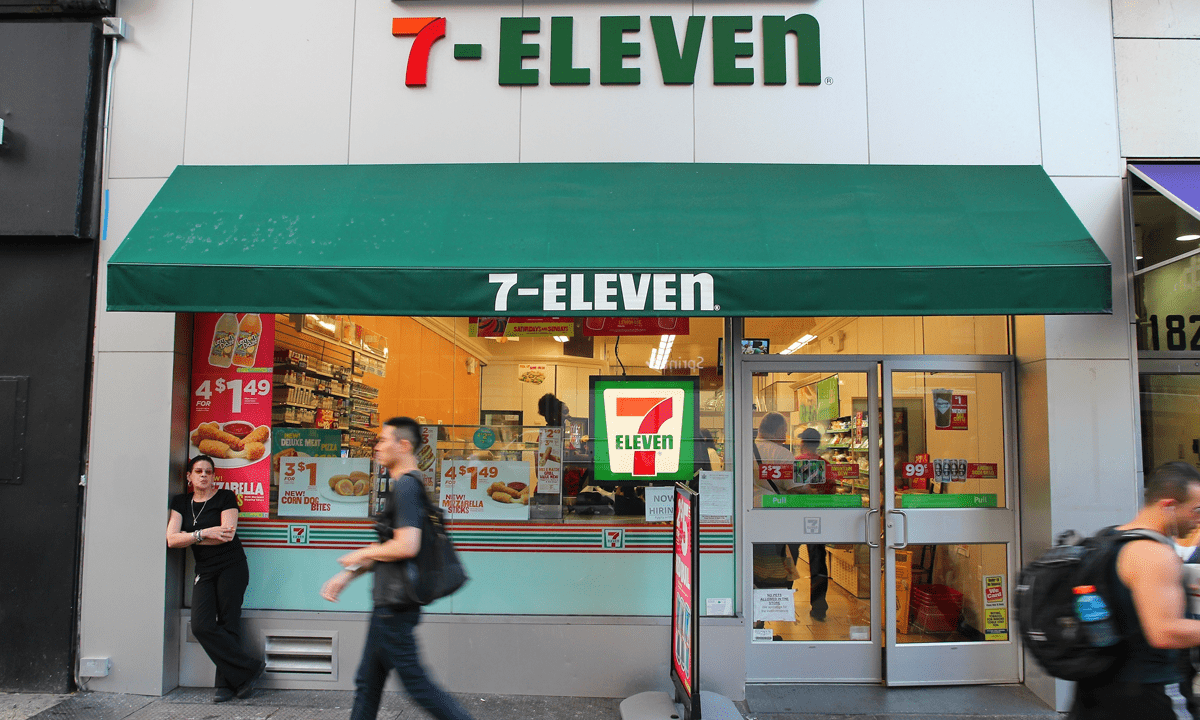Convenience Stores Use Rewards to Drive Restaurant, Grocery and Fuel Sales

As convenience stores seek to gain share from both restaurants and grocery stores, offering prepared meals and packaged essentials, one of the best tools at their disposal is the loyalty program. Convenience stores are in the unique spot of offering rewards that span consumers’ routines, not only in terms of meeting their needs in multiple food and beverage categories, but also in incentivizing fuel purchases and other kinds of retail sales.
See also: Convenience Stores Seek Sweet Spot Between Restaurants and On-Demand Grocers
For example, 7-Eleven, the world’s largest convenience store chain, is looking to its loyalty offerings as a key driver of profit margin growth in the United States going forward, according to a presentation last month by the chain’s parent company, Seven & I Holdings, discussing first-quarter financial year 2022 earnings results. The company’s U.S. rewards app, 7Rewards, provides access to points that can be redeemed for store credit as well as offering fuel discounts and other exclusive deals.
The company has been building out its offerings for loyalty program members. At the start of this year, the retailer announced the launch of its 7NOW Gold Pass subscription offering free delivery, among other benefits, at $5.95 per month, incentivizing frequent ordering through the company’s app. Earlier this month, it was reported that the retailer acquired white-label on-demand delivery provider Skipcart.
Related news: 7-Eleven Launches Subscription to Make Delivery Economics Work in All Parties’ Favor
Cumberland Farms’ parent company EG Group, meanwhile, has its SmartPay Rewards program, which it offers in the United States across its convenience store brands, promising lower-priced gas, quicker checkout, buy-10-get-one-free deals, fuel rewards and more. At the end of last year, the company announced that it had sold $4 billion in fuel since the program’s launch at the start of 2013.
“Since launching SmartPay, we have saved our customers almost $200 million on gas, and enrollments have increased significantly as we launched the program in all of the other banners this past year,” George Fournier, president of EG America, said in a statement at the time.
Additionally, with stores’ reliance on consumers’ gas station spending, convenience retail giant Couche-Tard, which has more than 14,000 stores across 24 countries (around 10,700 of which offer fuel) spoke to the urgency of rolling out rewards offerings as gas prices skyrocket.
“It’s up to us to make sure that one we are providing the right value, the right experience,” Alimentation Couche-Tard President and CEO Brian Hannasch told analysts on an earnings call in June, “but also with some urgency getting our loyalty products and payment programs in place and making sure that we engage those customers.”
Yet, when it comes to gaining share from restaurants and grocers, convenience stores have some catching up to do, as Art Sebastian, vice president of digital experiences at Casey’s, the third-largest convenience store retailer in the United States, told PYMNTS in an interview earlier this summer.
“The c-store loyalty space is still generally new in the industry, and the ones that will tell you ‘Well, we’ve had it for a while,’ they’re kind of nascent,” Sebastian said. “Like, hey, there’s coupons and maybe a couple nascent ways to save. So, I think it’s still kind of new. But what I would challenge the industry to do is think about how to … make sure you’re doing something different to have your program stand out.”
Read more: Racing to Digitize, Convenience Stores Playing Game of Loyalty Catch-Up
